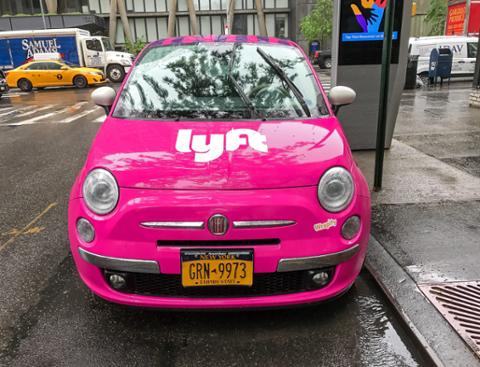Facing criticism that most of its employees were white men, Twitter hired a new Diversity Officer, Jeffrey Siminoff -- also a white male.
— Mark C. Crowley (@MarkCCrowley) December 31, 2015
And if history says anything to the question of how well a white man can increase diversity, it’s that the answer is, not much. With Siminoff holding a similar position at Apple last year, the company saw only a 1 percent increase in female employees worldwide and a 1 percent increase in underrepresented ethnic minorities in the U.S. Yet Siminoff may not be the problem. Both Facebook and Google, who employ women of color as directors of their diversity teams, have faced similar stagnation. And Intel, despite also employing a woman of color in the position, isn’t even trying to balance numbers--instead aiming only to make its workforce “representative of the talent available in the U.S.” (Intel’s mid-year report indicates that for technical positions the available talent is only 23 percent women and less than 14 percent underrepresented ethnic minorities). What history really tells us, it seems, is that nobody knows what to do. Few companies hold themselves accountable by publicly stating their diversity goals and those who do can face fierce backlash from angry followers (see the comments on Pinterest’s diversity goals). With this Catch-22, the prospect of seeing significant diversity increases anytime soon seems bleak. But recent years have seen more employee diversity programs than ever before. The Amazon Women in Engineering program provides mentoring and career development opportunities for technical women at Amazon, while Microsoft offers Employee Resource Groups for various underrepresented minorities. Google’s Diversity Core program even allows employees to spend 20 percent of their time devising ways to make the company more welcoming to a diverse workforce. While numbers show that diversifying the tech industry is a slow process, there is hope that 2016 will give rise to more programs like these.
Tech's Continuing Diversity Problem
The past two years have seen a surge of tech companies reporting their diversity statistics--and numbers aren’t good. Mid-year reports indicate that many tech giants are comprised of little more than 30 percent female employees worldwide, with an overwhelming number of U.S. employees being white. This includes companies like Google, Twitter, Apple, Facebook, and more. Honing in on tech giants’ technical employees, diversity numbers are even worse. With this harsh reality more transparent than ever, “Director of Diversity and Inclusion” has become a new buzzword. Today, every major tech company seems to have one. But do these positions really work? Just last month Twitter announced that Jeffrey Siminoff is joining their team to lead its diversity program, prompting many to ask whether a white man is best-suited for the task of increasing diversity. Twitter user @MarkCCrowley summed up this sentiment:



